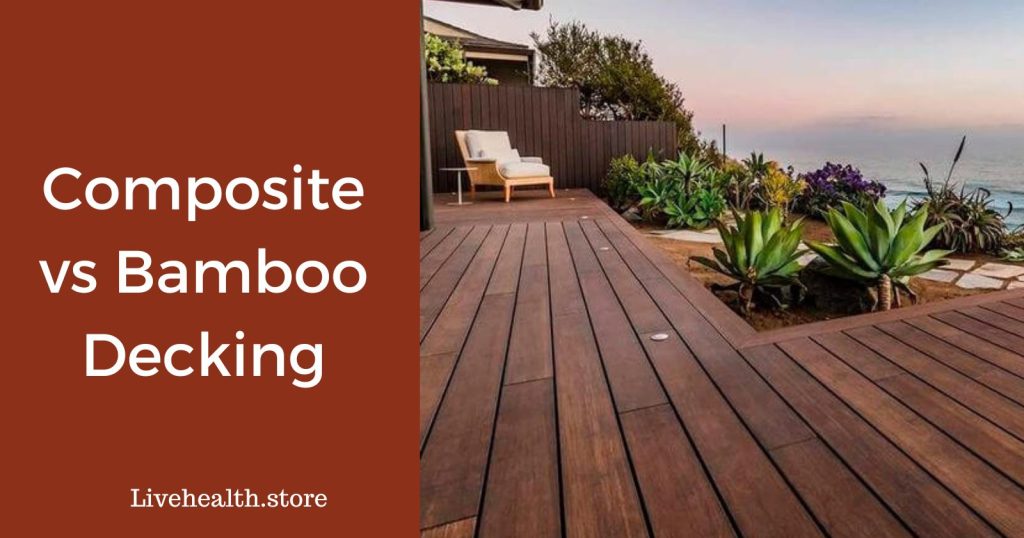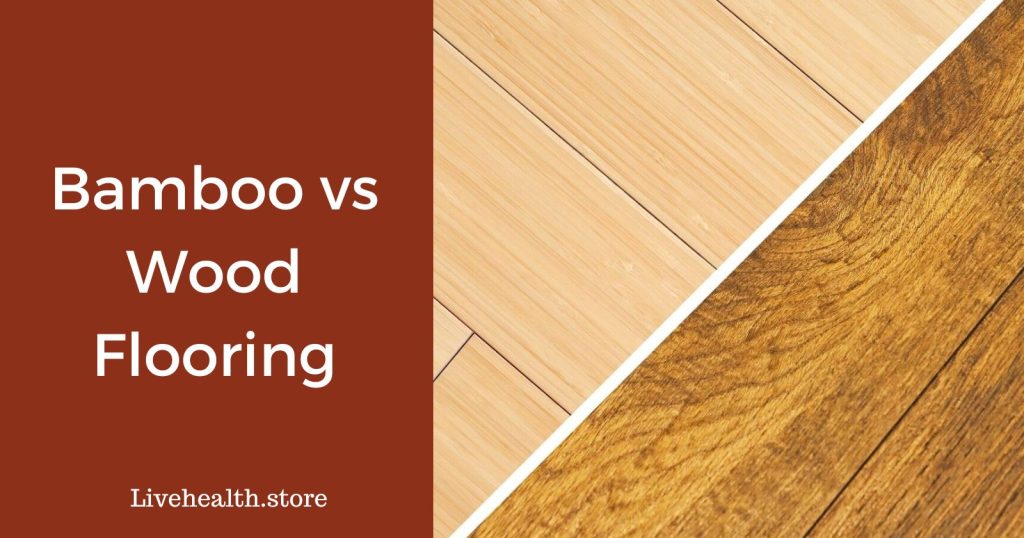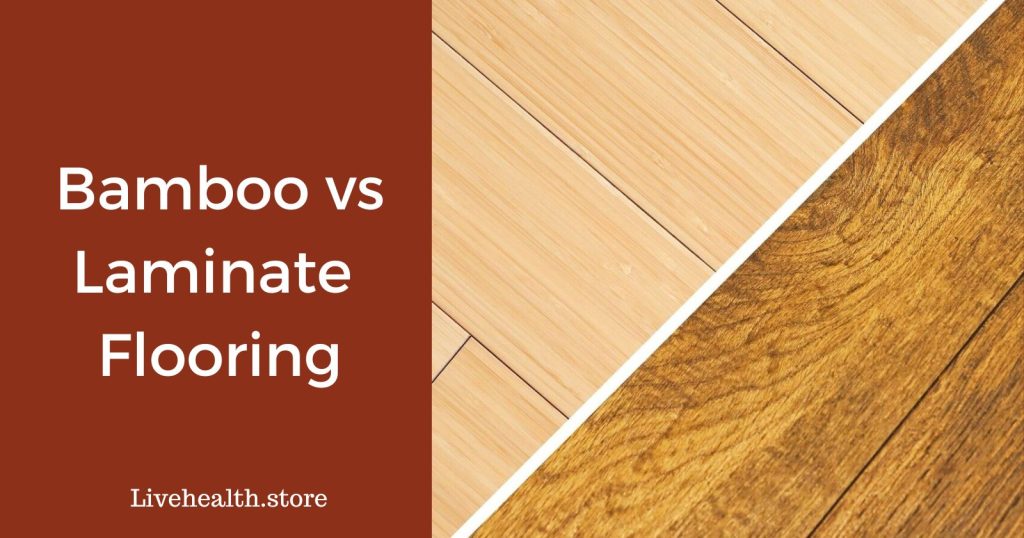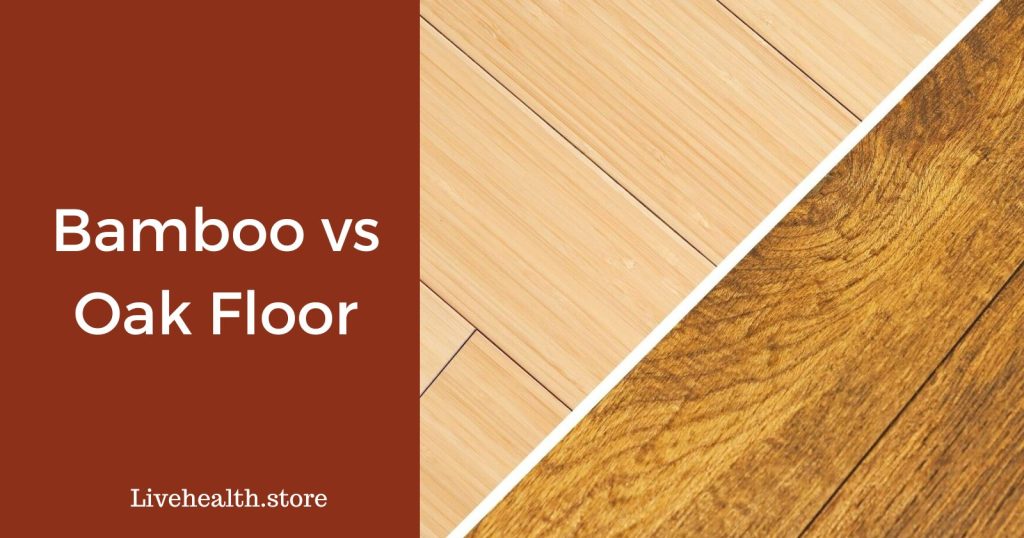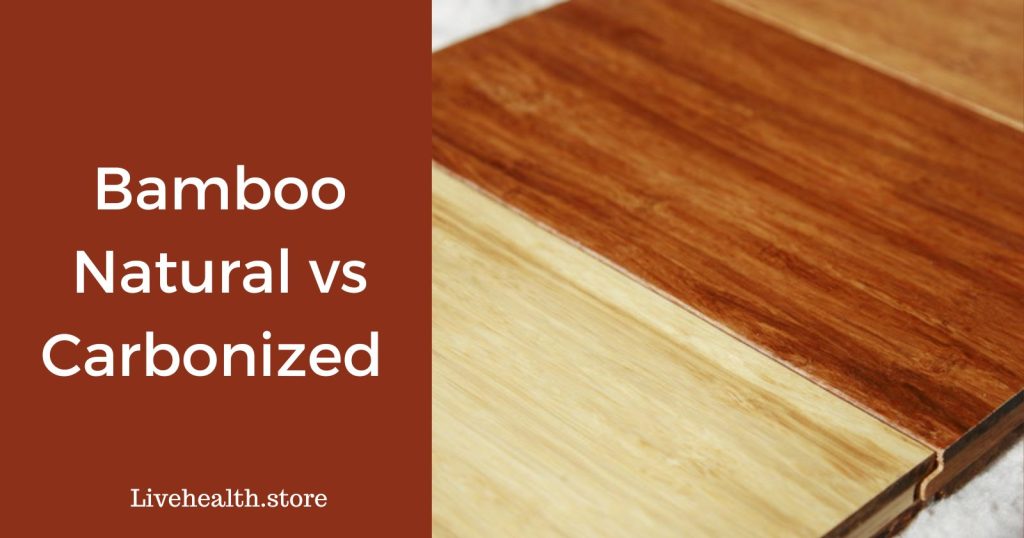Wood Wars: Teak vs. Bamboo for Sustainability
When it comes to choosing materials for your home projects, two names often come up: bamboo and teak. Both have their own set of fans, but what makes them different?
This guide will help you understand the pros and cons of bamboo and teak, so you can select the best material for your next project.
| Feature | Bamboo | Teak |
|---|---|---|
| Versatility | ❌ | ✅ |
| Durability | ❌ | ✅ |
| Sustainability | ✅ | ❌ |
| Maintenance | ❌ | ✅ |
| Cost | ✅ | ❌ |
| Eco-Friendly | ✅ | ✅ |
| Physical Strength | ❌ | ✅ |
| Growth Speed | ✅ | ❌ |
So, bamboo or teak? If you want versatility and durability, teak is your go-to. If you're looking for a budget-friendly, eco-conscious option, bamboo is worth considering.
What Are They?
Teak is a wood that comes from the tropical forests of Southeast Asia. Bamboo, believe it or not, is a type of grass! Even though it's not wood, it's often used as a wood substitute. Both are popular, but for different reasons.
Where Can You Use them?
Teak is a versatile wood. You can use it for furniture, flooring, and even sculptures. Bamboo is mostly used for flooring, but you can find it in furniture too. However, teak takes the crown when it comes to versatility.
The Making of Bamboo and Teak Flooring
Bamboo flooring starts with canes that are soaked, treated, and molded into boards. Teak is simpler. You just cut it into planks and install it. Both have their own unique look, but the process for bamboo is a bit more complex.
Which Lasts Longer?
Here's where things get interesting. Bamboo is actually harder than teak, according to the Janka hardness test. But don't let that fool you. Teak is known for its long-lasting nature, especially when it comes to resisting rot and moisture.
The Green Factor
Bamboo grows super fast. We're talking about three feet per day! It's ready for harvest in just six months. Teak takes much longer—around 25 to 50 years. But bamboo's quick growth doesn't make it the ultimate green choice.
The process of making bamboo boards uses a lot of energy and sometimes harmful chemicals.
What Does It Take?
Both materials are easy to maintain but in different ways. Teak needs a simple wash and oiling every few months. Bamboo needs a special sealer a few times a year to keep it in top shape.
What Will Your Wallet Say?
If you're on a budget, bamboo is cheaper. But remember, you might have to replace it more often than teak. So, in the long run, teak could be a better investment.
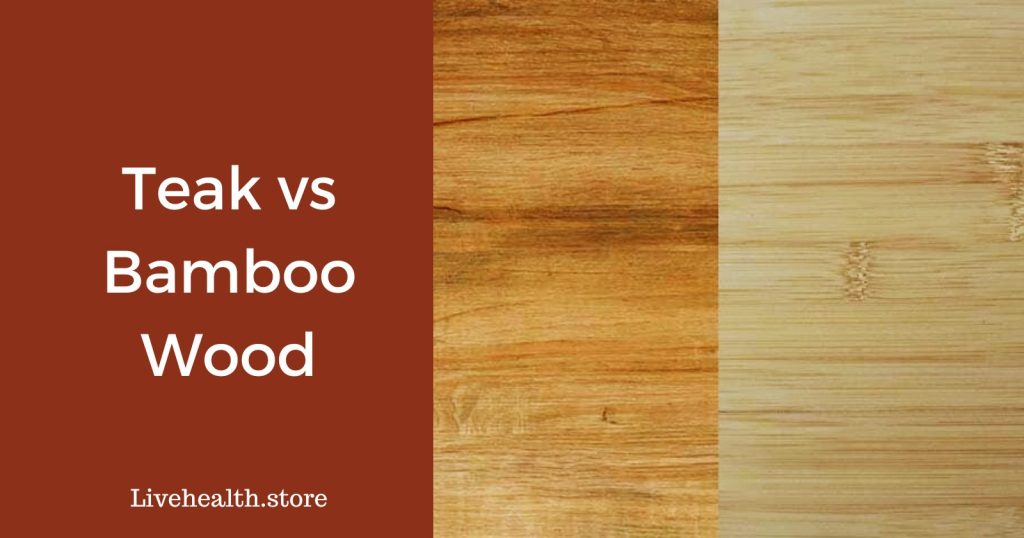
Key Differences at a Glance
- Growth and Species: Bamboo wins with over 1,200 species. Teak has only three main types.
- Eco-Friendly Properties: Bamboo grows back fast, making it a green choice. But teak farming has also become more sustainable.
- Physical Properties: Teak is solid and durable, while bamboo is lighter but less resilient.
- Maintenance: Teak needs less-frequent care, but bamboo requires special sealers.
Hi there, I’m Sam Billings, and I’m all about sustainability. Running a printing business is my thing, but my real passion is preserving nature. That’s why I run the Live Health blog, where I focus on Bamboo plants and their eco-friendly goodness.

